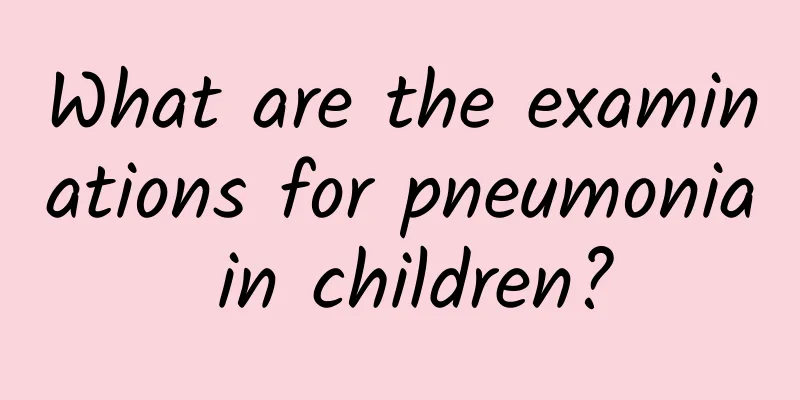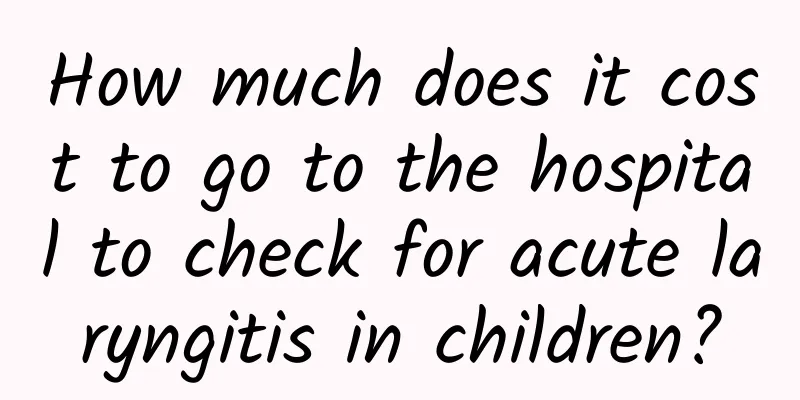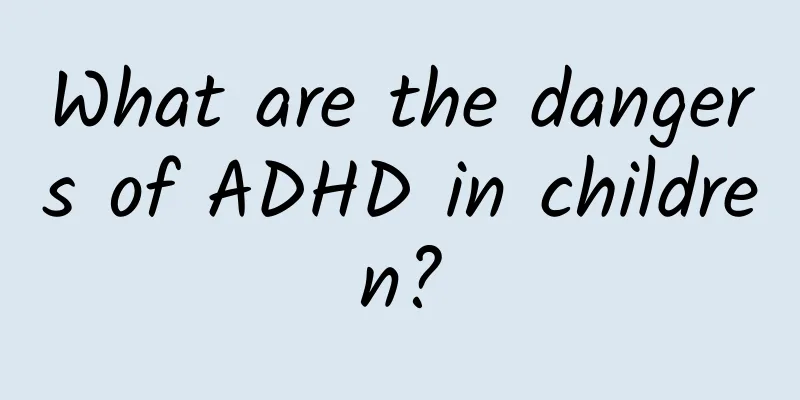What are the examinations for pneumonia in children?

|
Pneumonia is a common disease, and children are the most susceptible to this disease. Many children suffer from pneumonia in life, which has an impact on their physical health. The treatment of this disease takes a long time and is difficult. Therefore, when we find that a child has pneumonia, we must go to the hospital for corresponding examinations to determine the treatment method. The following is an introduction to what examinations are needed for pediatric pneumonia: (1) Sputum culture and drug sensitivity test Through sputum culture, the type of pathogenic bacteria can be detected, so that appropriate drugs can be selected for treatment. The drug sensitivity test is used to measure drug sensitivity so that drugs can be used for treatment accurately and effectively. In addition, during the epidemic period of mycoplasma pneumonia, cold agglutination test should be performed to diagnose mycoplasma infection. Cold agglutination test is mainly used for auxiliary diagnosis of primary atypical pneumonia caused by mycoplasma pneumoniae. (2) Blood routine Routine blood test is the most common and basic blood test. Blood is composed of two major parts: liquid and visible cells. Routine blood test tests the cell part of blood. Diseases can be judged by observing the changes in quantity and morphological distribution. It is one of the commonly used auxiliary examination methods for doctors to diagnose diseases. This includes the total number of white blood cells and neutrophils, lymphocytes, eosinophils, etc. White blood cells are important defense weapons in the human body. When pathogens invade the body, white blood cells can phagocytize and eliminate the pathogens. Therefore, the nature of the infection, the body's response state and the prognosis can be roughly estimated from the total number of white blood cells, classification and morphological changes. The total white blood cell count in children with bacterial pneumonia is usually increased, generally reaching (15-30)×109/L, and the neutrophil count is 60%-90%. In viral pneumonia, the total white blood cell count is mostly normal or low. (3) X-ray examination X-ray examination is often used as one of the auxiliary examination methods in medicine. There are two common X-ray examination methods in clinical practice: fluoroscopy and radiography. Fluoroscopy is more economical and convenient, and the examined part can be changed at will for multi-faceted observation, but it cannot leave an objective record and it is not easy to distinguish details. Radiography can make the structure of the examined part clearly displayed on the X-ray film, and can be kept for a long time as an objective record, so that it can be studied at any time when necessary or compared during reexamination. If necessary, special X-ray examinations can also be performed, such as tomography, kymographs, and contrast examinations. The choice of X-ray examination method must be based on the specific situation of the examination, the requirements for solving the disease and clinical needs. X-ray examination is only one of the clinical auxiliary diagnosis methods. After understanding the above examination methods, it is clear whether the child has pediatric pneumonia. There are many factors that cause pediatric pneumonia, such as children's colds and coughs. If the disease is treated or controlled in time in the early stage, it will not cause the consequences of pediatric pneumonia. I hope that parents can prevent diseases when taking care of their children in their daily lives in the future. |
<<: How to prevent diarrhea in children
>>: Correct examination of pneumonia in children
Recommend
Are children's cough patches useful? Are children's cough patches really effective?
Parents will be anxious when their children show ...
What causes coughing and vomiting in children? How to treat coughing and vomiting in children?
There are many reasons why children cough and vom...
Is it okay for children with pneumonia to not be hospitalized?
Is it okay for children with pneumonia not to be ...
What are the symptoms of diarrhea and dehydration in children? Children with diarrhea should be alert to dehydration if they have these symptoms
If children suffer from diarrhea and are not trea...
How to prevent influenza? Five ways to keep children away from influenza
Spring is the peak season for influenza. Therefor...
How to care for acute laryngitis in children
How should children with acute laryngitis be care...
The most effective way to treat pneumonia in children
What parents are most worried about is their chil...
What are the examination items for pediatric eczema?
Eczema is a common inflammatory skin disease of t...
Can hand, foot and mouth disease be contagious to adults?
Hand, foot and mouth disease may be transmitted t...
Why does the baby cough in the morning? Why does the baby cough in the morning?
A baby's cough in the morning may just be a n...
Differences between Hepatitis A and Icteric Hepatitis
What is the difference between hepatitis A and ic...
How to use medicine to treat children's cough? What are the medicines for children's cough?
Coughing is a problem that almost every child wil...
How to treat tics
There are many different treatments for tics, and...
What to do if your three-month-old baby coughs
Infants and young children are inherently fragile...
What are the symptoms of pneumonia in children? Two symptoms of pneumonia in children
1. Fever The most common symptom of pneumonia in ...









